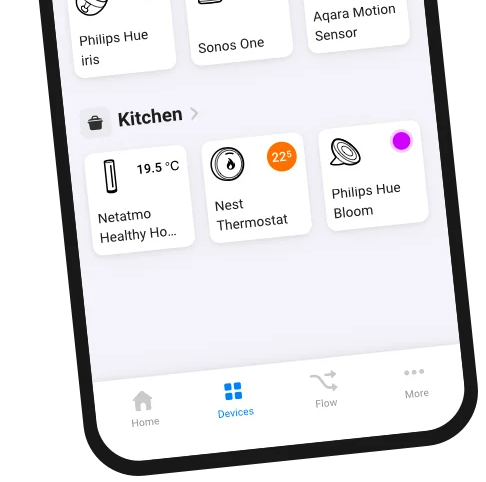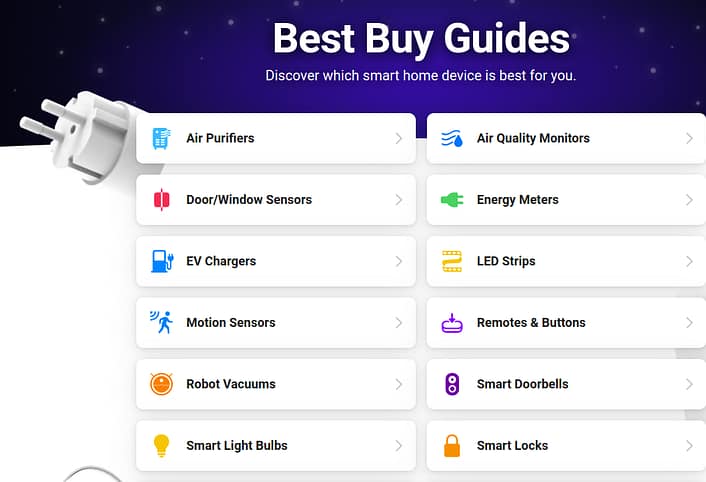
The integration of Photoplethysmography (PPG) technology with smart home devices represents a significant advancement in the field of health monitoring.
This combination allows for continuous, real-time tracking of vital signs, leveraging the capabilities of the Internet of Things (IoT) to enhance patient care within the comfort of home. Here, we explore how PPG technology can be effectively integrated with smart home devices for optimal health monitoring.
Understanding PPG Technology
PPG is a non-invasive method that uses light to measure blood volume changes in the microvascular bed of tissue. By shining light onto the skin and analyzing the reflected light, PPG devices can determine vital signs such as heart rate, blood oxygen saturation (SpO2), and heart rate variability (HRV). These measurements are crucial for monitoring cardiovascular health and identifying potential health issues early.
Integration with Smart Home Devices
- Wearable Devices Wearable PPG devices, such as smartwatches and fitness trackers, can continuously monitor vital signs and transmit this data to a central smart home system. These devices can alert users and caregivers in real-time if any abnormalities are detected, such as irregular heart rates or low oxygen saturation levels. For instance, a smartwatch equipped with PPG technology can send notifications to a smart speaker or smartphone app, enabling immediate response or consultation with healthcare professionals.
- Smart Home Hubs Smart home hubs serve as the central point of communication for various devices within a home. By integrating PPG devices with smart home hubs, users can create a seamless health monitoring system. The hub can aggregate data from multiple PPG sensors and other health-related IoT devices (like smart thermometers or blood pressure monitors) to provide a comprehensive overview of a user’s health status. This data can be accessed via user-friendly interfaces on smartphones or smart displays.
- Environmental Sensors Smart home systems equipped with environmental sensors can enhance the effectiveness of PPG monitoring. For example, air quality sensors can monitor the home environment, ensuring that conditions are optimal for health. If poor air quality is detected, the system can alert users and suggest actions, such as activating air purifiers or adjusting ventilation, which can be particularly important for individuals with respiratory issues.
- Data Analysis and Alerts The integration of machine learning algorithms with PPG data collected from smart devices can significantly enhance health monitoring. These algorithms can analyze trends over time, providing insights into a user’s health that may not be immediately apparent. For example, if a user’s heart rate variability decreases consistently over a week, the system can alert the user or their healthcare provider, prompting further investigation.
- Remote Monitoring and Telehealth The combination of PPG technology and smart home devices facilitates remote health monitoring, allowing healthcare providers to track patients’ vital signs without requiring them to visit a clinic. This is particularly beneficial for elderly patients or those with chronic conditions. Data collected from PPG devices can be securely transmitted to healthcare professionals, who can monitor patients in real-time and intervene when necessary, thus reducing hospital visits and enhancing patient outcomes.
Conclusion
The integration of PPG technology with smart home devices offers a promising approach to real-time health monitoring. By leveraging the capabilities of IoT and advanced data analytics, this integration can empower individuals to take control of their health while providing healthcare providers with the tools needed to deliver timely and effective care.
As technology continues to evolve, the potential for enhanced health monitoring solutions will likely expand, making home health management more accessible and efficient for everyone.
As technology continues to evolve, the vision of a health-monitoring ecosystem embedded within our homes is becoming increasingly attainable, paving the way for a future where proactive health management is a standard aspect of daily life.




